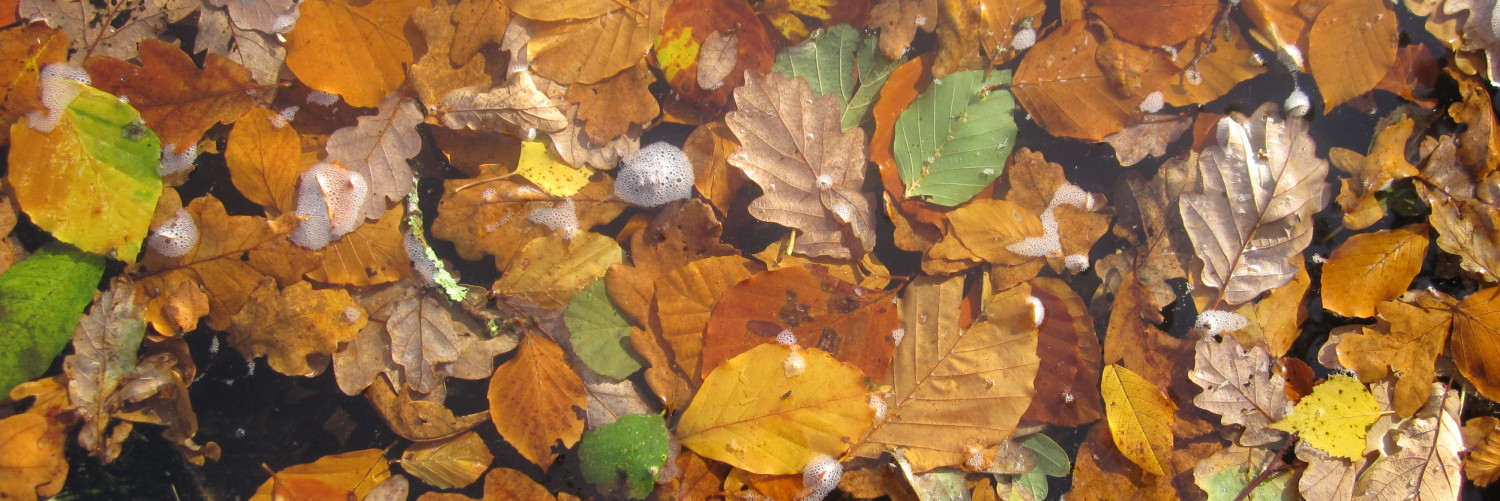
After 6 days at Keleti, having worked our way through their menu at least twice, we are all keen to move on and get to our final destination. A juddery Chinese plane takes us across the islands, from Tongatapu, over Hai’api, and north to Vava’u. The kingdom of Tonga is made up of 176 Islands of which only 36 are inhabited, just 12 have cars on them and 7 have mains electricity. Luckily we are going to live on one without either and with just 4 homes.

On arrival we spend the morning on the main island in Niafu. On first impressions it’s a laid back town with plenty of wealthy yachts in the harbour, and plenty of run down vehicles and houses in land. There are no real signs of poverty and it seems like a sleep happy place making an attempt at tourism in a mellow and understated way. Wide relaxed streets yawn with slow moving pick ups, slow moving dogs and just slightly faster pigs. Stopping for a coffee in Bellavista, a popular cafe for tourists and expats (hooray Tonga grows it’s own coffee and it’s really good), I can imagine how small this community must feel once you’re embroiled in it..and how messy it could get amongst the expat scene once the drinking starts. I’m relieved we will be on an outer island and not a part of it, having just escaped one small town already…



From the cafe deck we watch Boris in his boat La Venuella, approach to pick us up. The kids spend hours swimming and jumping off the harbour wall while we use the internet for last tedious finishings up from our English life, paying final bills and sorting bank accounts, then do a big supply shop with Karyn as our guide. The fruit and veg market is a lovely experience, buying hassle free from really friendly cool local women, whilst the actual shops are disappointing in their stock. Pretty much all of them are run by Asians and seem to supply the same Chinese rubbish as each other. Most imported things are priced ridiculously high and cannot be avoided unless we choose to live on a more local diet high in yams and pork.



The guesthouse, called The Beach House, is more modern and dramatic, made from coral rock, bamboo, and cedar. It protrudes from the rock face and sits above the lagoon and it’s own private beach. As Karyn first showed us the stunning views a turtle surfaced from the sea grass below.

Our camp is 5 minutes up the hill from Happy Api ( the name of K& B’s home meaning happy land) and back in the jungle in a small clearing. It is already more than we expected and we have a concrete pad as a base for our kitchen and home, and tents as bedrooms. We deliberated for ages back in England as to which design we should get, and am so pleased we went for the Coleman with the ‘door’. Already it’s a bonus not having to annoyingly zip and unzip every few minutes. The kids have an old tent to use for now and are tired enough not to care. Boris has already dug us a long drop for a toilet which is screened off with woven palm leaf walls. We spend our first few hours lugging our bags up the hill and their stuff out the store shed and down the hill.

Night falls pretty quickly here and that first night we were caught totally unprepared having not unpacked our torches or even found a lighter, but we got our sheets out just in time and collapsed into exhausted sleep. I’m pleased the kids have already had a year in a caravan so are now super adaptable and ready to live in another small and unconventional space.

Loving these posts Susie, especially on a dull grey December day. Look forward to the next one. xx
Avidly reading about your adventure's so wonderful xx
Thank-you so much lovely ladies! love getting comments from you, good to know I have at least 2 loyal readers! xxx